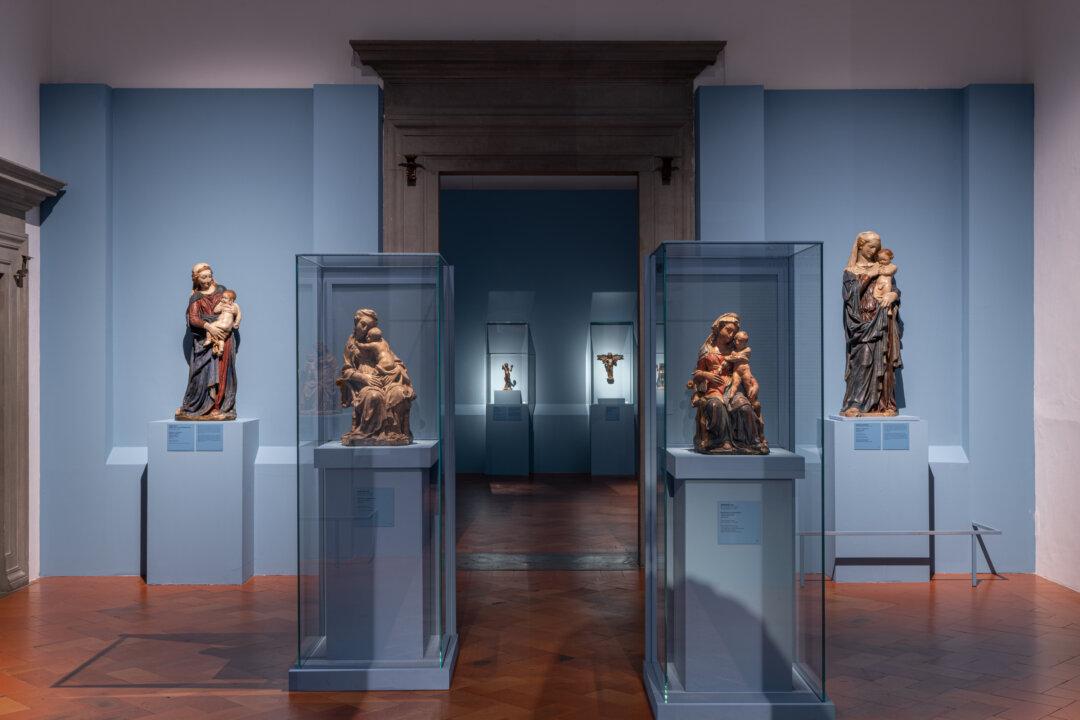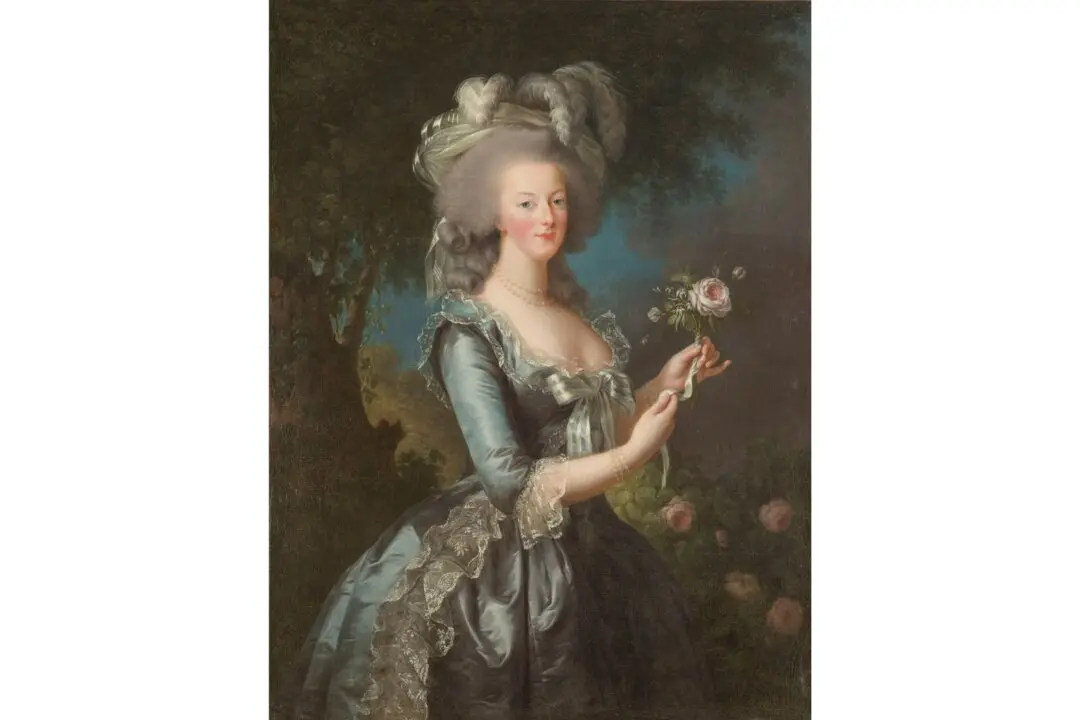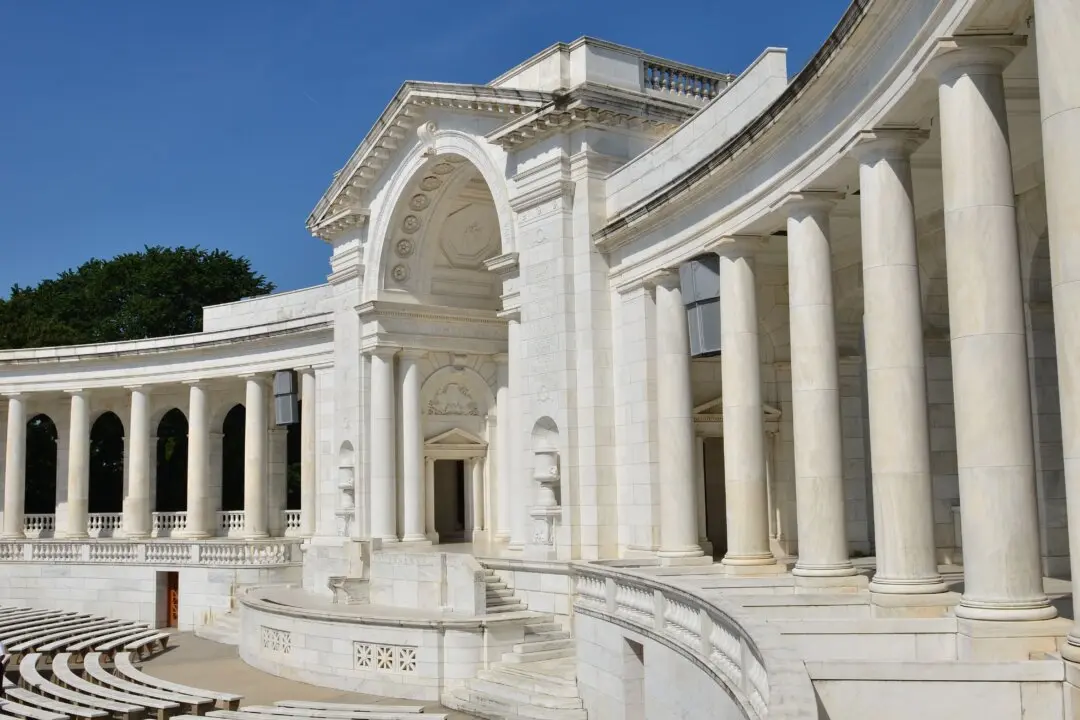Craftsmen should trace the greatness of art to one man, according to 16th-century art historian Giorgio Vasari in his book “The Lives of the Most Celebrated Painters, Sculptors, and Architects.” That man is the Italian sculptor and architect Donato di Niccolò di Betto Bardi, whom we know as Donatello.
Donatello, along with his friends and peers—the painter Masaccio, the architect Filippo Brunelleschi, and architect Leon Battista Alberti—created the Renaissance style in Florence.






